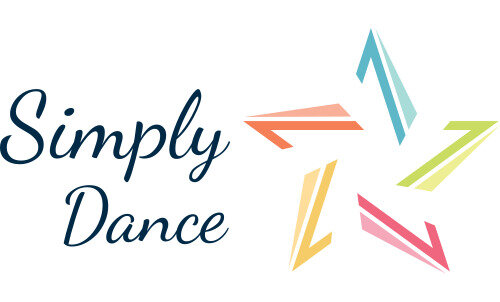CHILD PROTECTION POLICY
Child Protection Policy
We believe that no child or young person should be the subject of neglectful or abusive behaviour.
We will promote and maintain the welfare of every child in our care and seek to protect them from harm regardless of race, age, disability, gender, sexual orientation, religious belief or any other form of identity or creed. We will create a safe and welcoming environment for all.
This policy applies to all our staff/volunteers and covers children under the age of 18 and/or vulnerable adults under the age of 24.
To protect children and young people in our care, we will:
• Value and respect children and listen to what they have to say
• Work with children, parents.
• Share our policy with all staff, parents and students
• Ensure all required checks are made when hiring staff and that those in regular contact with children hold a current DBS check.
• Provide appropriate training and support to all staff
• Take responsibility for children and young people’s safety when in our care
• Seek permission from parents before taking images (photographs or film) of students and inform them how and where the images will be used.
• Report suspected neglect or abuse to the nominated member of staff, relevant organisation, or police.
• Ensure that this policy is regularly updated.
Additional guidance can be found in the following documents at the end of this policy:
• Reporting Suspected Neglect or Abuse
• Appropriate Physical Contact in Dance
• Chaperoning Students to and from Dance Events
• Use of Photographs and Film of Children
Name: Hannah Cresswell
Job Title: Owner/Principal
Signature: H.Cresswell
This policy was last reviewed on 16/04/2023
Additional Guidance A: Reporting Suspected Neglect or Abuse
Concerns regarding a child’s welfare can be reported by:
• Parents
• Teachers
• Friends
• The child or young person
All allegations of neglect or abuse will be taken seriously. If a concern is reported directly by the child or young person we will not seek to disagree, ask probing or leading questions, or do anything else which may discourage them.
We will make clear that reported concerns cannot be kept confidential but will need to be shared with a nominated member of staff or external organisation. Parents or guardians will also be involved if appropriate.
We recognise that early action is vital. Any concerns will be reported immediately.
If the child or young person is in immediate danger of harm, we will contact the police on 999.
Additional Guidance B: Appropriate Physical Contact in Dance
Teaching dance is a physical activity and a teacher will sometimes need to make physical contact with a student to show an idea or to correct the student’s position. This can include:
• Lifting
• Adjusting arms, legs, rib cage, hips, feet, hands
• Moving one student in relation to another
Where contact is needed, we will remain sensitive to the student’s wishes and put their welfare first. In all cases, we will say why and how we will be correcting the student’s position before making any contact. In acrobatic classes, teachers will be demonstrating with students in ways which will involve supporting and lifting.
We encourage students to report any concerns.
Additional Guidance C: Chaperoning Children to and from Dance Events
When chaperoning students to an event, we will:
• Provide parents and students with information about what the event is for
• Provide parents and students with the full address of the event
• In cases where the event is taking place in a large building, we will also give the room or studio number where possible
• Have a planned journey route that is shared with parents, students and chaperones
• Make sure that students are aware of what they should do if they get lost
• Ask parents and students for their contact details in case of emergency
• Have a clear idea of how students will be cared for while at the event
We will ensure that chaperones hold all required checks and licences and are aware of our Child
Protection Policy.
Additional Guidance D: Use of Photographs and Film of Children
We recognise that taking images of students in our care may not always be appropriate and that some children and parents may not want images taken at any time.
Therefore, before taking images of a child or young person, we will:
• Make clear to the child where and when the image will be taken
• Clearly identify the person who will be taking the image
• Explain how the image will be used, e.g. whether it will be posted on social media or printed to be displayed at the school
• Seek written agreement from parents that images can be taken of their child
• Where we have publicly displayed images at our school or on social media, parents and students may withdraw their permission at any time. In such cases, the images will be removed as soon as is reasonable and without question.
We ask that any parent wanting to take photographs or film at our events only do so with our prior permission. Permission will only be granted on the agreement of all present.

